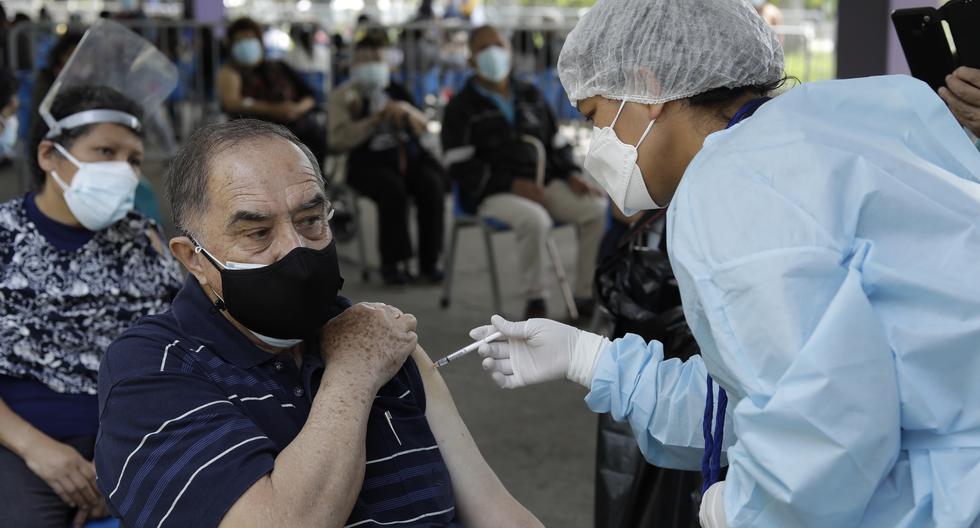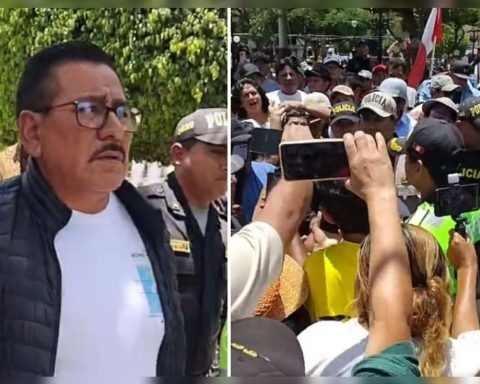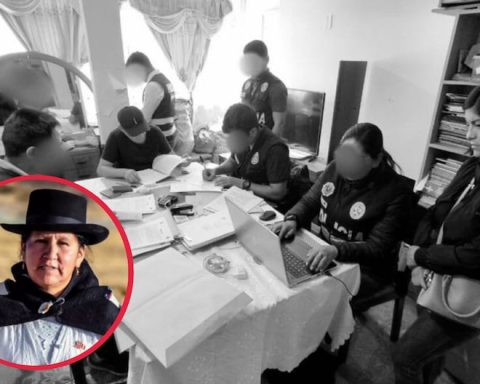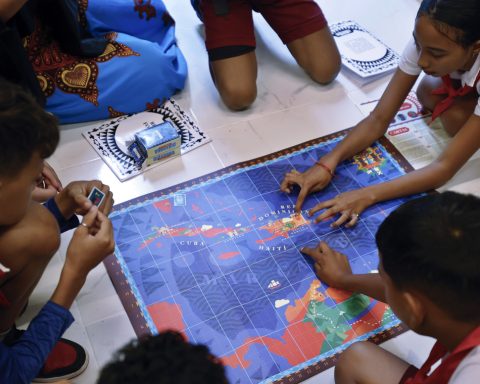Despite advances in vaccination against COVID-19 in Peru, which has a total of 71.6% immunized with the third dose (Ministry of Health), pockets of unprotected population against the virus still persist at the national level.
WATCH THIS: Minsa launches application for detection and monitoring of COVID-19 infections in schools
Provinces such as Puno and Madre de Dios do not exceed 59.9% and 63.8%, respectively, of the vulnerable population inoculated with the third booster dose.
CORREO spoke with specialists in the field, members of the Propuesta País association, and collected different aspects of improvement in the current process of immunization against the coronavirus.
The aforementioned experts analyzed the report of the COVID-19 Vaccination Monitoring and Supervision Working Group, hosted by the Congressional Health Commission, published in August of this year.
Updating and improvement of information systems
The Minsa currently manages the Vaccination Register System (SRNV)just like him data panel of the Single National Repository of Health Information (REUNIS)to report what concerns the management of inoculations in the country.
Said systems urgently require, in consideration of the Doctor in Public Health Karine Zevallos, an update or renovation, since registries such as the SRNV constitute an “incomplete system and it is not interoperable”.
:quality(75)/cloudfront-us-east-1.images.arcpublishing.com/elcomercio/MHL7274C6VBFZGEOCYJPOJWIOU.png)
“In the SRNV, what we have on paper is not equated with what appears in the registry. What happens is that sometimes we have a hundred vaccinated on paper, but when downloading the system they appear -6% approximately. This platform comes from 2014″, he points out.
Likewise, the research statistician also suggests that the REUNIS data board have automatic records, as a temporary measure, so that health workers can focus on obtaining quality data.
“You don’t need an investment to create a system, what you need is one that talks with others. If a total change has to be made, Colombia did it like other countries. Along the way, certain data may be lost, as always happens, but the changes bring these things and they are good, without information we work halfway. It is State resources that are lost, in the end”, he explained.
Long-term communication strategy
For the communicator Doris Alfaro, Project Manager of the consulting firm CONACCION, “there are many aspects overcome” in the current vaccination process, therefore, she highlights that it is time to focus communication work at the community level.
“A campaign was carried out to promote vaccination dates, vaccination locations, etc., an important element (…) but now we need to work on changing behavior, not just (providing) information. It is necessary to understand why, the population does not understand it because the importance of having all the doses is not explained to them, ”he comments.
IT MAY INTEREST YOU: COVID-19: Doctor who charged for preferential care in Nuevo Chimbote hospital is convicted
The specialist agrees with Arturo Granados, an expert in decentralization and public policies, who points out that the communication strategy of the Minsa “does not adequately incorporate the work of community agents in neighborhoods, remote areas, markets and schools.”
“The strategy has to implement community work in preferential and priority spaces such as schools, that is an immediate job. What happens is that in this field a serious investment of time, resources and head has not been made. We have campaigns, not a communication strategy,” says Granados.
Efficiency in the use of vaccines against COVID-19
For Granados, the vaccines against the coronavirus could have a more optimal management. The former Director General of Decentralization of the Minsa states that it is essential to reduce the loss factor that Peru has.
“By protocol, a waste of 50% and 70%, respectively, is allowed in urban and rural areas. That is, for every million vaccines in an urban area I can lose half and nothing happens; in a rural area (they can be discarded) like 200 thousand. An effort should be made to be more careful,” he indicates.
:quality(75)/cloudfront-us-east-1.images.arcpublishing.com/elcomercio/LZOPAGRRBZDZRB6DFZQ47Q6RFY.png)
Likewise, the medical epidemiologist Edgardo Nepo affirms that “it is necessary to clearly identify the population groups (with low coverage), and the geographical areas where they reside, to focus the efforts” of vaccination.
“There is a set of activities and tasks that are carried out but it is not clearly perceived that they are focusing on the pockets of the population that still remain unprotected. For example, on the third dose, in Puno, Amazonas and Ayacucho those over eighty, who should be with their third dose, do not reach 70%, ”he adds.















